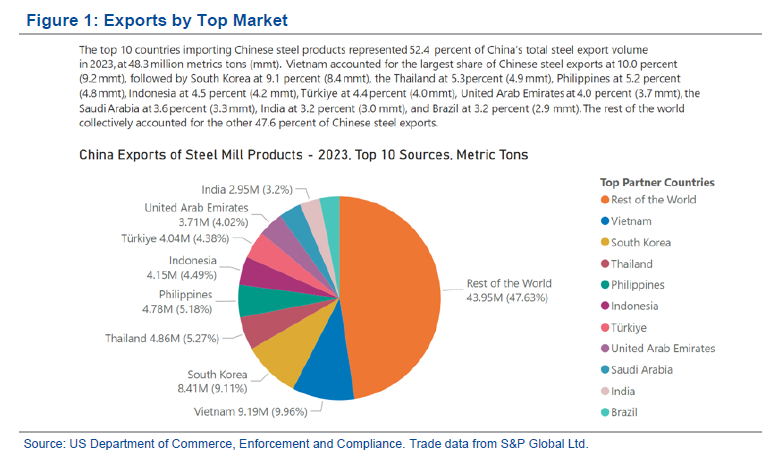The upwave will be driven by India and the countries in the Indo Pacific – not just China.
For the last couple of months, I've been putting the view out there that I think the beginning of a new up move in commodity prices is starting. There are two ways you can approach that.
One is the simple argument that we're at the beginning of an extended period of rate cuts by the Federal Reserve. That period of rate cuts has already started. We will have a further 25 basis point rate cut in November and another 25-basis point rate cut in December. Those rate cuts will continue as we go through next year. As a result of that, the US dollar will fall. You'll see the DXY index of US dollars continue to decline. Then after the lag, what you will see is that fall in the US dollars will really start to bite, and commodity prices will go up. That's the simple argument in terms of the world trade cycle.
Advertisement
What I want to look at is the structure of demand and where I think the structure of demand will be coming from. For that, what I want to do is look at not just the Chinese steel industry. It is not the domestic economy that I'm interested in. What I'm interested in is the very rapid growth of Chinese steel exports and where those exports are going.
For the discussion on Chinese domestic demand, I rely on a paper published by BHP. However, for the discussion on Chinese steel exports, I'm relying on the US International Trade Administration and their statistics on Chinese exports (see references).
In 2023, China produced, over a billion tonnes of steel. I mean, you know, imagine how much that would hurt if you dropped it on your foot. Domestic demand was 911 million tonnes, and that's up 50% from the 609 million tonnes 13 years ago.
Now, what's interesting about that is the structure of domestic demand has changed. We think of all that steel going into buildings. Back in 2010, 42% of the steel was going into buildings. That has fallen, pretty much reversing those numbers from 42% to 24%. So, building demand is a much smaller proportion of steel demand in China. What has changed dramatically is a lot more building of machines and machinery in China. This has generated a change of demand from 20% of total production, 13 years ago to 30% now. Steel demand for infrastructure has changed from 13% then to 17% now.
It is true that the Chinese economy is slowing this year. The Chinese government said that we're going to grow at 5%. But the International Monetary Fund in April said that that wasn't going to happen, that we're going to grow by 4.6%. Then that number the International Monetary Fund is forecasting, drops year by year through to the end of the decade to about 3%.
Still, as that's happening, there's still a growth in demand for Chinese steel. That's because there's been a remarkable increase in exports of steel. I want to look at the top ten markets for Chinese steel exports. Now, these are not countries you would think of. You would think of a big demand with going to places like the United States or maybe Germany or France.
Advertisement
That's not where the growth in the world economy is. The growth the world economy is in is a place north of us called the Indo-Pacific. The Indo-Pacific name came from Shinzo Abe, who was the longest serving prime minister, Japanese Prime Minister since World War II. Sadly, he is no longer with us.

This report was prepared as private communication to clients of Morgans and is not intended for public circulation, publication or for use by any third party. The contents of this report may not be reproduced in whole or in part without the prior written consent of Morgans. While this report is based on information from sources which Morgans believes are reliable, its accuracy and completeness cannot be guaranteed. Any opinions expressed reflect Morgans judgement at this date and are subject to change. Morgans is under no obligation to provide revised assessments in the event of changed circumstances. This report does not constitute an offer or invitation to purchase any securities and should not be relied upon in connection with any contract or commitment whatsoever.
In Hong Kong, research is issued and distributed by Morgans (Hong Kong) Limited, which is licensed and regulated by the Securities and Futures Commission. Hong Kong recipients of this information that have any matters arising relating to dealing in securities or provision of advice on securities, or any other matter arising from this information, should contact Morgans (Hong Kong) Limited at hkresearch@morgans.com.au
Discuss in our Forums
See what other readers are saying about this article!
Click here to read & post comments.
2 posts so far.